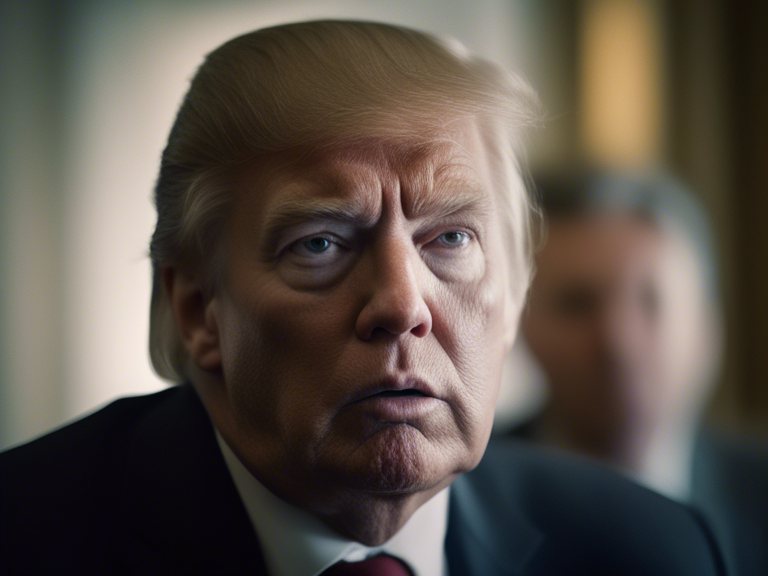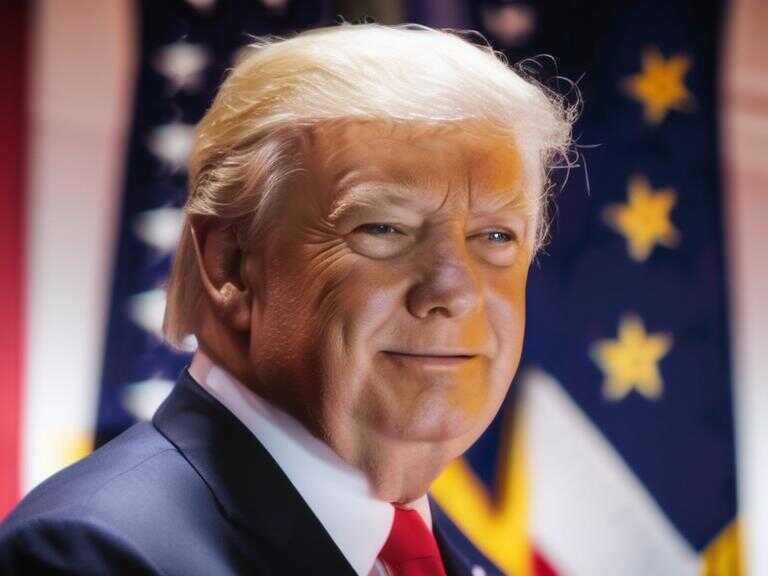
U.S. and Japan to Tighten Military Cooperation, Plan Major Command Structure Change
Biden and Kishida plan to enhance military cooperation, potentially changing command structure, to counter China's growing military power.

On April 10th, U.S. President Joe Biden and Japanese Prime Minister Fumio Kishida are set to unveil plans for tighter military cooperation, including potential changes to the command structure in East Asia. The plan involves considering the appointment of a four-star commander to oversee U.S. forces in Japan, matching the head of a proposed Japanese Self Defense Forces (SDF) headquarters. This move aims to strengthen cooperation with the U.S. and South Korea.
Japanese Concerns
Japanese Chief Cabinet Secretary Yoshimasa Hayashi expressed concerns over China's growing military power and its threat to Taiwan, which is just over 100 km from Japanese territory. These concerns have prompted Japan to push for the establishment of a joint command headquarters before March 2025. Unlike South Korea, where U.S. and South Korean troops operate under a unified command, U.S. forces in Japan currently have a three-star commander without authority over Japanese troops. The potential appointment of a four-star commander is seen as a significant development in the two countries' military cooperation, potentially laying the groundwork for a future unified Japanese-U.S. command.
U.S. Response and Alliance Momentum
While the White House, the U.S. National Security Council and the State Department have not yet commented on the matter, the Pentagon highlighted areas for further Alliance momentum in a recent meeting between U.S. Defense Secretary Lloyd Austin and Japanese National Security Advisor Akiba Takeo. Japan plays a crucial role in U.S. military power in Asia, hosting 54,000 American troops, hundreds of aircraft, and Washington's only forward-deployed aircraft carrier strike group. These bases allow the United States to project military power across the region and counter Chinese influence.
Japan's Defense Policy Shift
Japan's shift away from post-war pacifism is evident in its pledge to double defense spending to 2% of gross domestic product by the end of 2022. This includes allocating funds to procure cruise missiles capable of striking ships or land-based targets up to 1,000 km away. These developments reflect Japan's evolving defense planning in response to regional security challenges, particularly China's military expansion.
Share news















